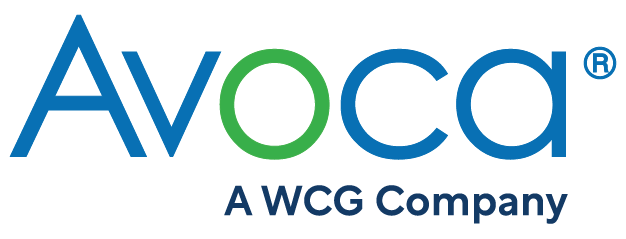How Work Groups Develop Metric Toolkits with Keith Dorricott and Linda Sullivan
Podcasts Menu
EPISODE 16
How do metric development work groups determine what metrics to include in a metric toolkit? That’s one of the important topics discussed in Keith Dorricott’s interview with Linda Sullivan, MBA. Dorricott is a Director at Dorricott Metrics & Process Improvement Ltd in the UK and facilitates many metric development work groups. Dorricott describes the Metric Development Framework – a multi-step, structured approach work groups use to develop metric toolkits. Rather than starting with metric definitions – which may end up focusing on metrics that are easy to measure rather than the right metrics, this framework focuses on the process and measuring what matters. The starting point for this approach is to have the group to develop a process map, which helps define a glossary of terms and the aim of the process, according to Dorricott. While the high-level process map may not look exactly like the process at any given organization, it becomes the Rosetta Stone, enabling conversations with the multi-stakeholder members of the work group, adds Sullivan. Once the process map is developed, the work group collaboratively defines critical success factors – the desired outcomes of the process. Then key performance questions are defined. These are the questions that, when answered, help you determine whether a critical success factor is being achieved. Finally, the group defines metrics that provide information to answer each key performance question. There’s a tremendous amount of detail in the metric sets of the toolkit to help provide context and for implementation, which often surprises stakeholders, note Dorricott and Sullivan. In addition, they explain, toolkits contain target goals and companion metrics that can be used for further analysis, with the eye on the prize of finding root causes and improving overall clinical trials. Finally, Sullivan notes, it’s important that metric results are displayed in the most informative and user-friendly way as possible.
